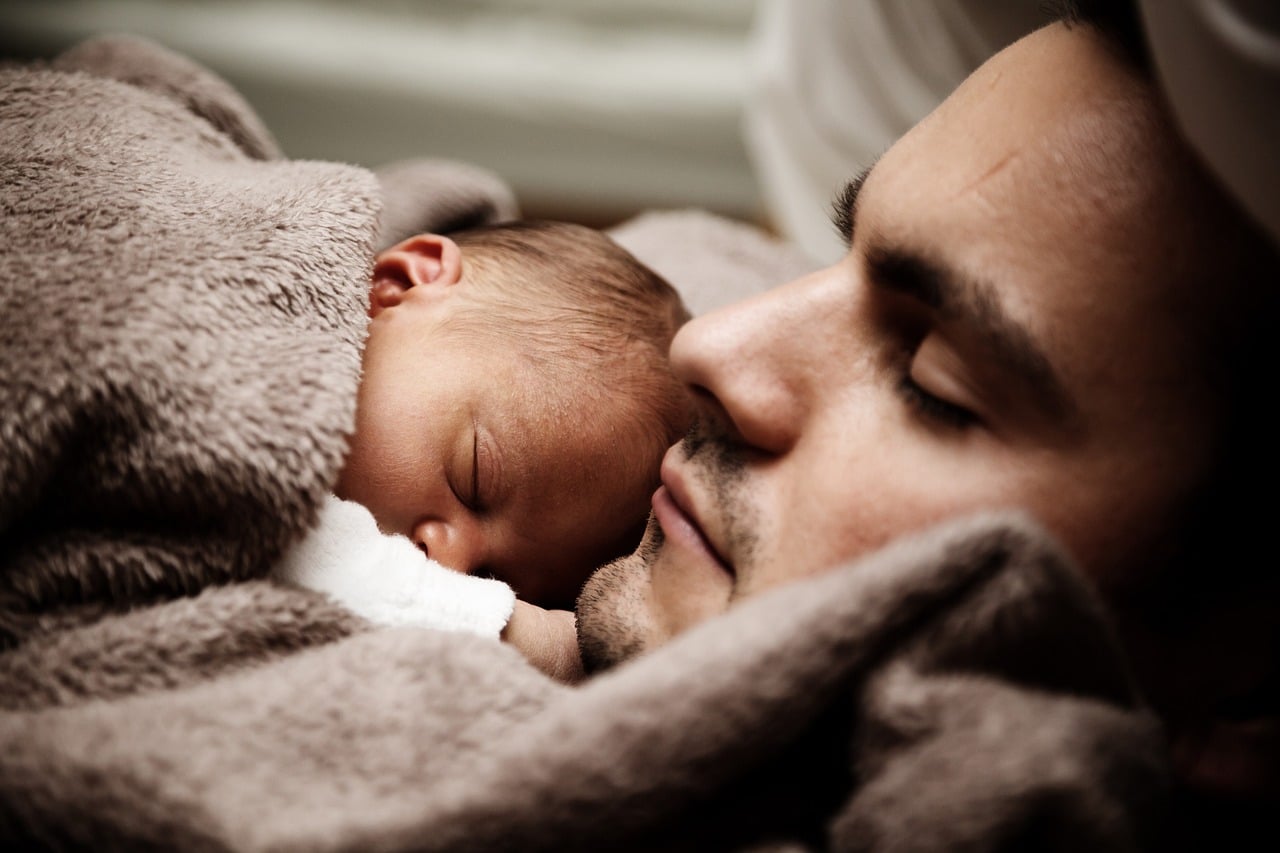
During the Budget 2023 speech, Singapore Deputy Prime Minister Lawrence Wong announced paid paternity leave would be doubled from two weeks to four weeks. This move is part of Singapore’s efforts to encourage father involvement in child-rearing and work-life balance for families.
It may not seem obvious to many, but paternity leave is a massive game-changer regarding child-rearing. A 2021 study by NUS Sociology and Centre for Population Research shows that children whose fathers took paternity leave were less likely to have behavioural issues. Families also experienced less conflict, stronger relationships, and higher satisfaction in the marriage.
With dual-career couples accounting for more than half of married couples in Singapore, balancing work and family responsibilities can be overwhelming. The additional weeks of paid paternity leave can make a huge difference in a father’s ability to support his family during the crucial early months of a child’s life.
PATERNITY LEAVE HELPFUL WHETHER FOR FIRST-TIME OR FOUR-TIME DADSFor first-time fathers, paternity leave would mean more time to adjust to their new role as a parent. Think of sleepless nights, ruined weekends and trying to accommodate the needs and wants of a new human being. The time during paternity leave could be used to get involved in the day-to-day care of their baby, help with household chores and provide emotional support to their partner.
This could be especially important for families where the mother returns to work shortly after giving birth. With the father at home, both parents can share the workload and ease the transition for the baby.
As a father to four children, I can imagine how helpful that extra leave would have been for me then. It was incredibly challenging when my fourth arrived in 2016.
There was barely time to breathe with three younger children to care for. A typical day involved ferrying the older two to preschool, playtime with the third, and constant litmus tests with the new baby to see what she needed to stop crying. Above all this, my wife and I needed to care for and feed ourselves.
Weekends became no different from weekdays, and neither of us could quiet-quit the situation. I took paternity leave earlier to help with whatever I could and maxed out my quota. I dare say that was perhaps what prevented postpartum depression for my wife and me.
But still, we could only manage the bare minimum with so many other things to juggle. Having more paternity leave would allow more time to figure out a better routine and support system for our growing family. That stronger foundation may improve long-term sustainability than the makeshift stilts only two weeks can offer.
ENCOURAGING DADS TO TAKE PATERNITY LEAVEUnfortunately, despite the benefits of paternity leave, many fathers don’t take advantage of it. As I wrote in a previous commentary, 65 per cent of eligible fathers in Singapore did not take any paternity leave in 2018, according to provisional estimates cited by the Ministry of Social and Family Development (MSF) in a parliamentary response in 2019. Some fathers may feel pressure from their employers or worry about the impact of taking time off on their careers.
However, the trend is improving, as more than half of new fathers took paternity leave last year in Singapore. The emphasis on doubling the amount of paid paternity leave sends a strong signal that this is not just a domestic priority but a national one which workplaces can follow.
Offering flexible work arrangements, providing resources for new parents and promoting a culture that values work-life balance all help make it easier for fathers to take the time to bond with their newborns.
But it is one thing for employers to abide by the new policy and another to encourage the adoption of it. Otherwise, paternity leave would be a perk like bean bags and foosball tables – which nobody uses for fear of being side-eyed by their managers.
When I ran my previous business, I thoroughly used my caregiving leave so that my entire team knew they would not be judged negatively for doing the same.
Doubling paid paternity leave in Singapore is a step in the right direction, but an even better thing that can be done is to bring forward the qualifying criteria.
As it is, fathers whose children are born from Jan 1, 2024, will be eligible to take on this additional two weeks of leave if their employers allow it. If I’m a calculative Singaporean, I may defer conceiving since they may arrive before 2024.
SUPPORTING PARENTS AS THEIR KIDS GROWMore importantly, why only facilitate father-child bonding for 2024 arrivals? Every family can benefit from this measure, even if their kids are slightly older.
A child’s journey isn’t like AppleCare where warranty liabilities cease after two years. Babies become children, and children become hormonal teens trying to make sense of their new selves. Parents become less energetic with age.
Every year brings about new challenges. My heart rate goes faster during the start of each schooling year with more Parents Gateway notifications than flyers from property agents.
And that is in the best-case scenario. Kid emergencies and health scares can demand a parent’s full attention for a day, if not more. Focusing next on making childcare leave better would be helpful.
Let’s level that playing field and, in doing so, bring about better family relationships and all their associated benefits.
* This article was originally published here
Comments
Post a Comment